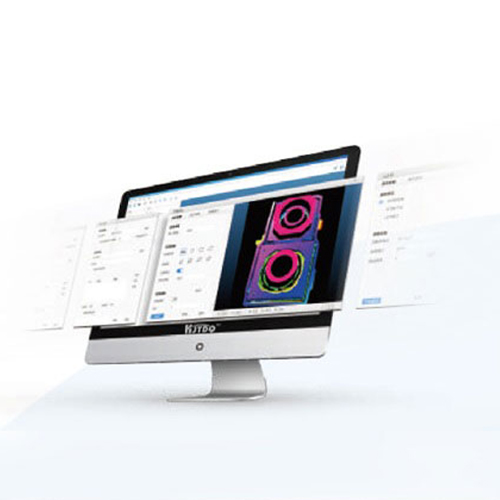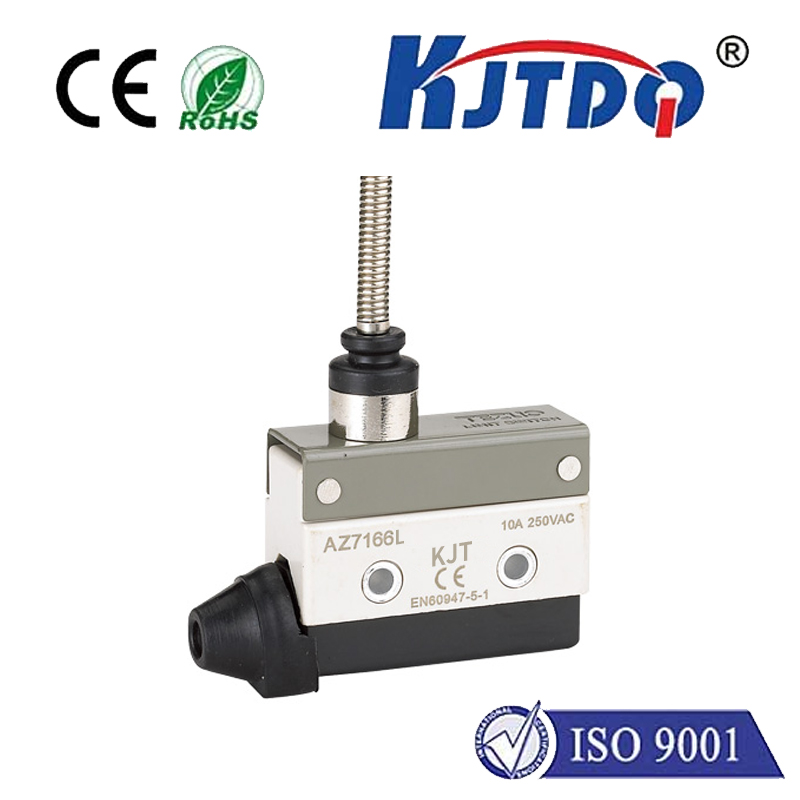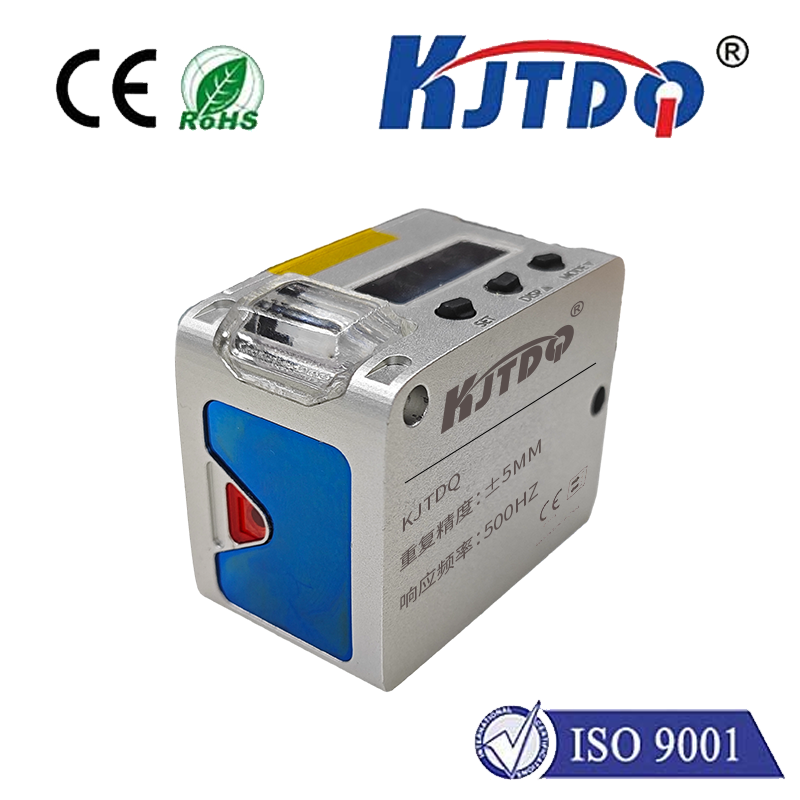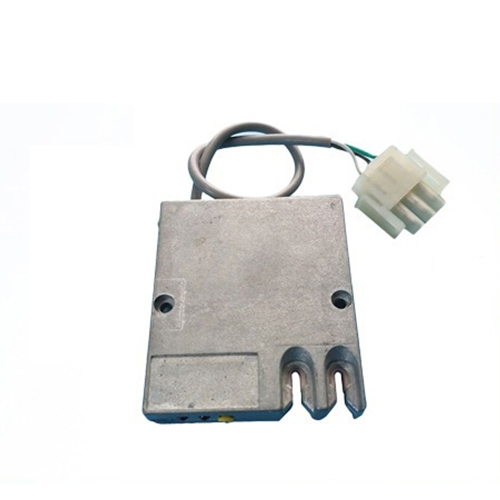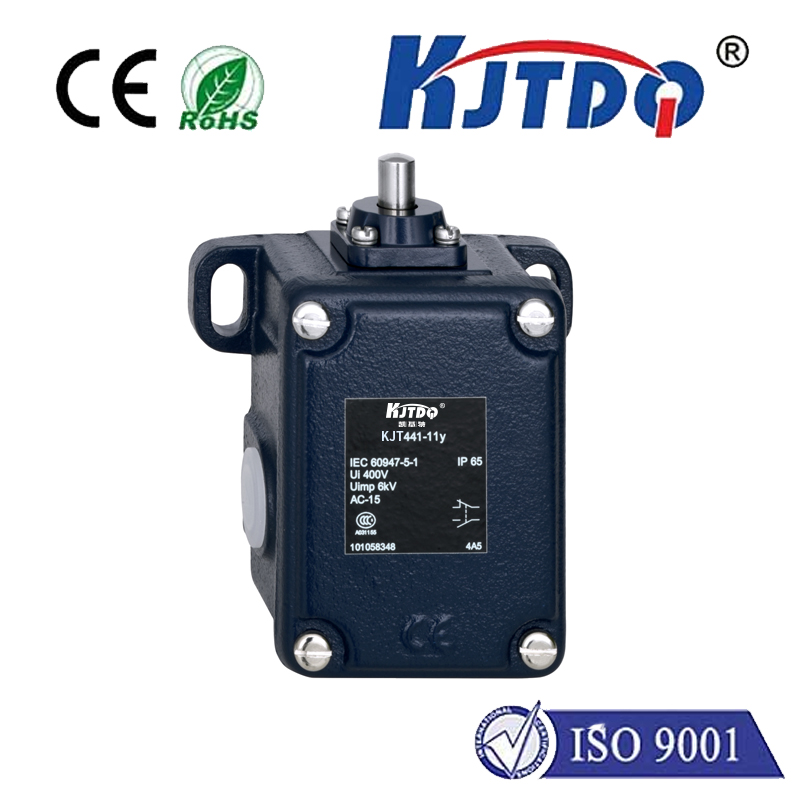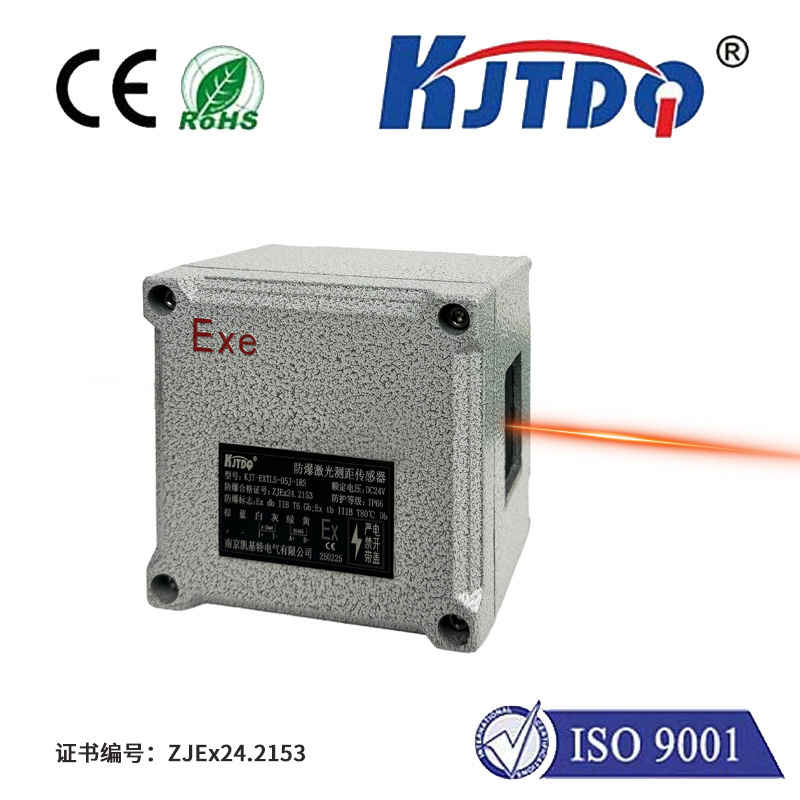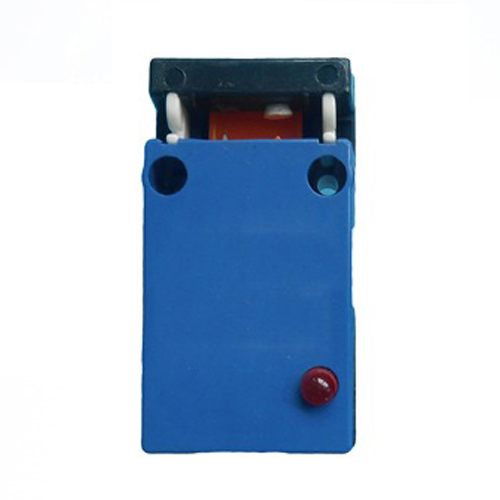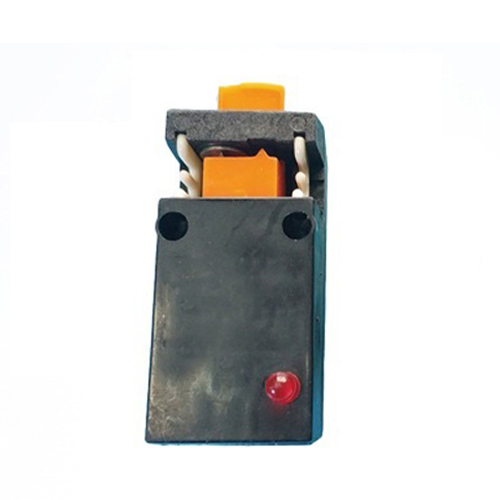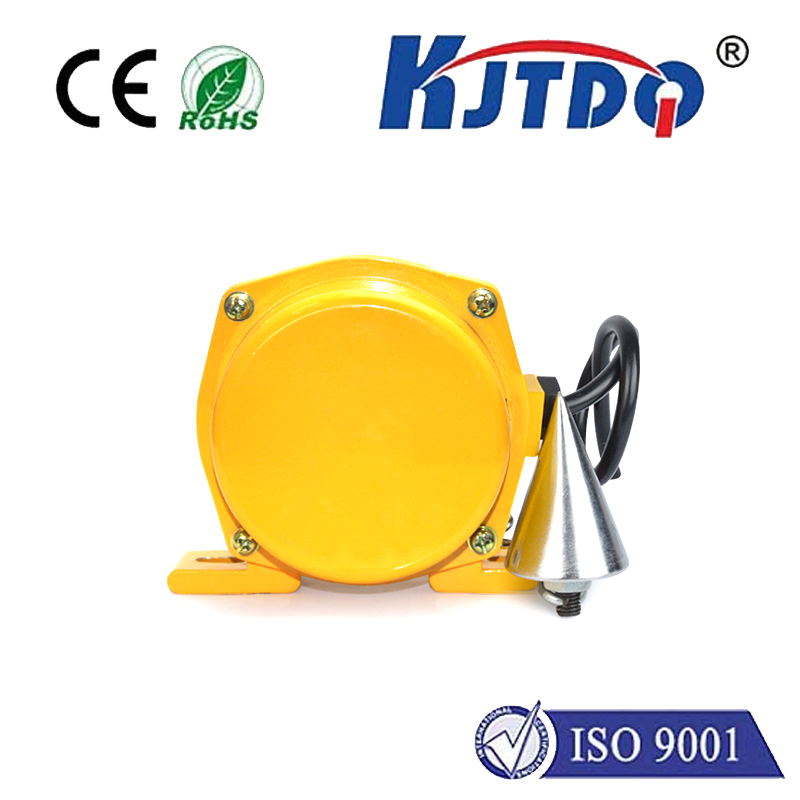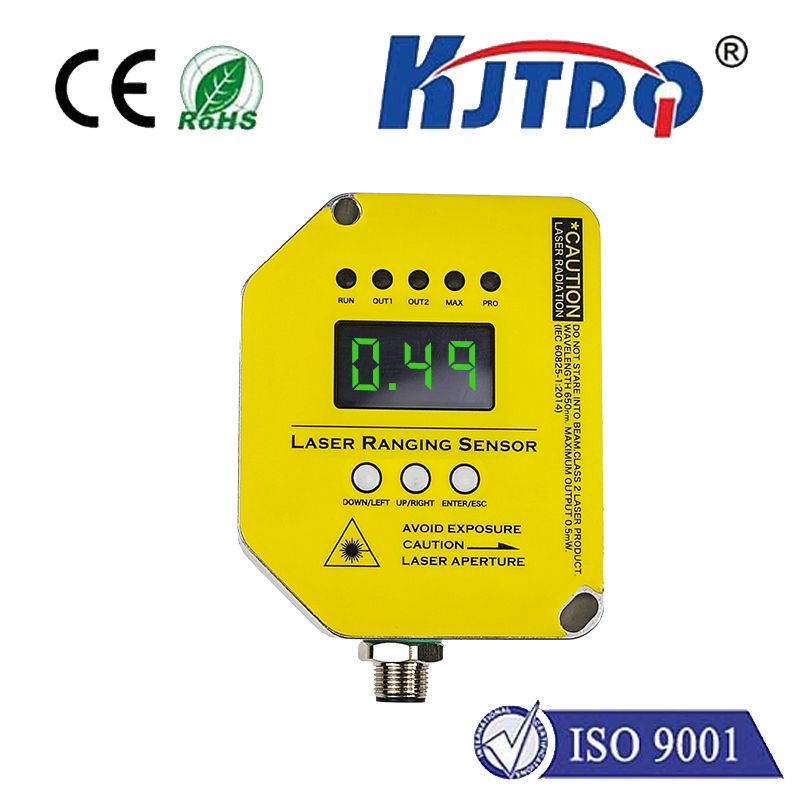capacitive proximity sensor types
- time:2024-10-15 03:17:30
- Click:0

Capacitive Proximity Sensor Types: A Comprehensive Guide
Capacitive proximity sensors are widely used in various industries for detecting the presence of objects without making physical contact. They work on the principle of electrostatic induction, where a change in capacitance occurs when an object comes close to the sensor. In this article, we will discuss the different types of capacitive proximity sensors available in the market and their applications.
- Conductive Capacitive Proximity Sensors
Conductive capacitive proximity sensors are designed to detect metal objects. They consist of two parallel plates separated by an insulating material. When a metal object approaches the sensor, it displaces some of the charges on the plates, causing a change in capacitance. This change is then converted into an electrical signal that can be used to trigger an alarm or activate a relay. Conductive capacitive proximity sensors are commonly used in industrial automation, automotive systems, and security systems.
- Inductive Capacitive Proximity Sensors
Inductive capacitive proximity sensors are similar to conductive capacitive sensors but are designed to detect non-metallic objects such as plastic, glass, or wood. They consist of a coil wound around a core made of ferromagnetic material. When an object approaches the sensor, it induces eddy currents in the coil, which in turn generates a magnetic field. This magnetic field changes the inductance of the coil, causing a change in capacitance that can be detected by the electronic circuitry. Inductive capacitive proximity sensors are commonly used in packaging and food processing industries where hygiene is crucial.
- Probe Capacitive Proximity Sensors
Probe capacitive proximity sensors are used to detect liquid or powder levels in containers. They consist of a probe inserted into the container that contains the material whose level needs to be measured. The probe has a capacitor connected to it, and as the material level rises or falls, the capacitance between the probe and the container wall changes. This change is then converted into an electrical signal that can be used to control pumps or valves to maintain the desired level. Probe capacitive proximity sensors are commonly used in chemical and pharmaceutical industries where precise measurements are critical.
- Diode Capacitive Proximity Sensors
Diode capacitive proximity sensors are designed to detect small changes in capacitance caused by the presence of an object. They consist of a diode connected in series with a reference capacitor. When an object approaches the sensor, it alters the capacitance between the diode and the reference capacitor, causing a change in voltage across the diode. This change is then converted into an electrical signal that can be used to trigger an alarm or activate a relay. Diode capacitive proximity sensors are commonly used in electronic devices such as smartphones and tablets where space is limited.
In conclusion, capacitive proximity sensors come in various types, each with its own unique features and applications. By understanding the different types of capacitive proximity sensors available, engineers and designers can select the most suitable sensor for their specific application requirements.












